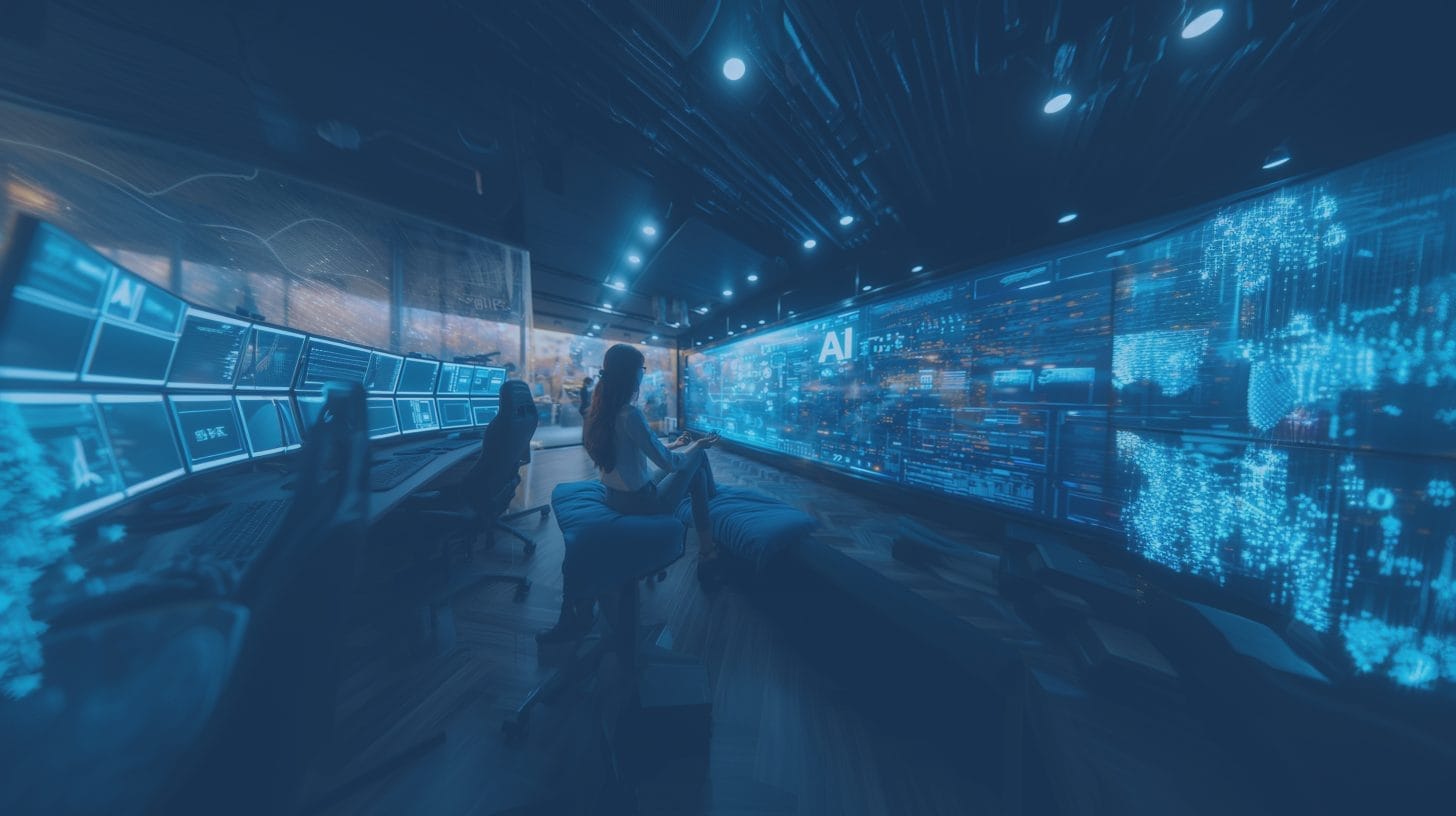Latest Reports
-

IT Spending and Staffing Benchmarks 2020-2021: Chapter 1: Executive Summary
Chapter 1 of our 2020/2021 IT Spending and Staffing Benchmarks study provides a detailed analysis of the major findings from this year's study. It also describes the contents of the subsequent chapters, and gives detailed information about the demographics of the study participants and the survey methodology. (69 pp. 17 fig.)
July, 2020
-

Retail IT Spending Needed for Digital Transformation
The retail sector is going through a major transformation. Brick-and-mortar stalwarts are filing for bankruptcy or disappearing entirely. E-commerce and the digital customer experience are taking an increasing part of the shopping dollar. And all of that was happening before the COVID-19 pandemic forced major restrictions on brick-and-mortar shopping. Traditional retail is in a “change or die” mode, and the transformation of IT is going to decide who survives. This Research Byte is a brief summary of our special report on IT spending trends in the retail sector, which is available for free download.
October, 2020
-

Comparative Analysis of IT Spending in the Life Sciences
As with many high-tech enterprises, life science companies make considerable investments in information technology. In this study, we look at IT spending and staffing in the life science sector by comparing key, high-level metrics against a broad sample of organizations. For the comparative analysis, we use three measures of IT intensity: IT spending a percentage of revenue, IT spending per user, and application spending per user. To determine where spending differs, we break down IT spending into five functional areas: IT management, applications, data center, network, and end-user support. We also examine IT staff headcount by those same functional areas. We conclude with our assessment of where life science organizations should focus their efforts to improve IT performance. (13 pp., 6 figs.)[Research Byte]
April, 2012
-

Long-Term Trends in IT Budget Line Item Ratios
This article, the third in our series on long-term trends in IT spending and staffing, analyzes changes in IT spending on a line-item basis, based on 10 years of data from our IT spending and staffing surveys. Using the ratio of each budget line item to the total IT budget, changes in corporate spending are analyzed for the following categories of IT spending: personnel, training, recruiting, data center hardware (servers and storage), software, desktop and end-user hardware, network infrastructure, outside services, facilities, overhead and supplies, security, and business continuity. By understanding long-term shifts in spending trends, the future direction for spending in each category can be better understood. (14 pp., 12 figs.)[Executive Summary]
May, 2006
-

Ten-Year Trends in IT Spending and Outlook for 2006
This article examines long-term trends in IT spending, based on Computer Economics surveys of several thousand CIOs and senior IT managers in North America over the past 10 years. The long term trend for three key IT spending metrics are documented: IT budget as a percent of revenues, IT spending per employee, and the percentage change of IT budgets year over year. Bottom line: the post-Y2K bust and dot-com collapse in IT spending are now behind us, and IT spending ratios have returned to their long term trend lines. We use these trends to forecast these statistics for the coming year.
February, 2006










